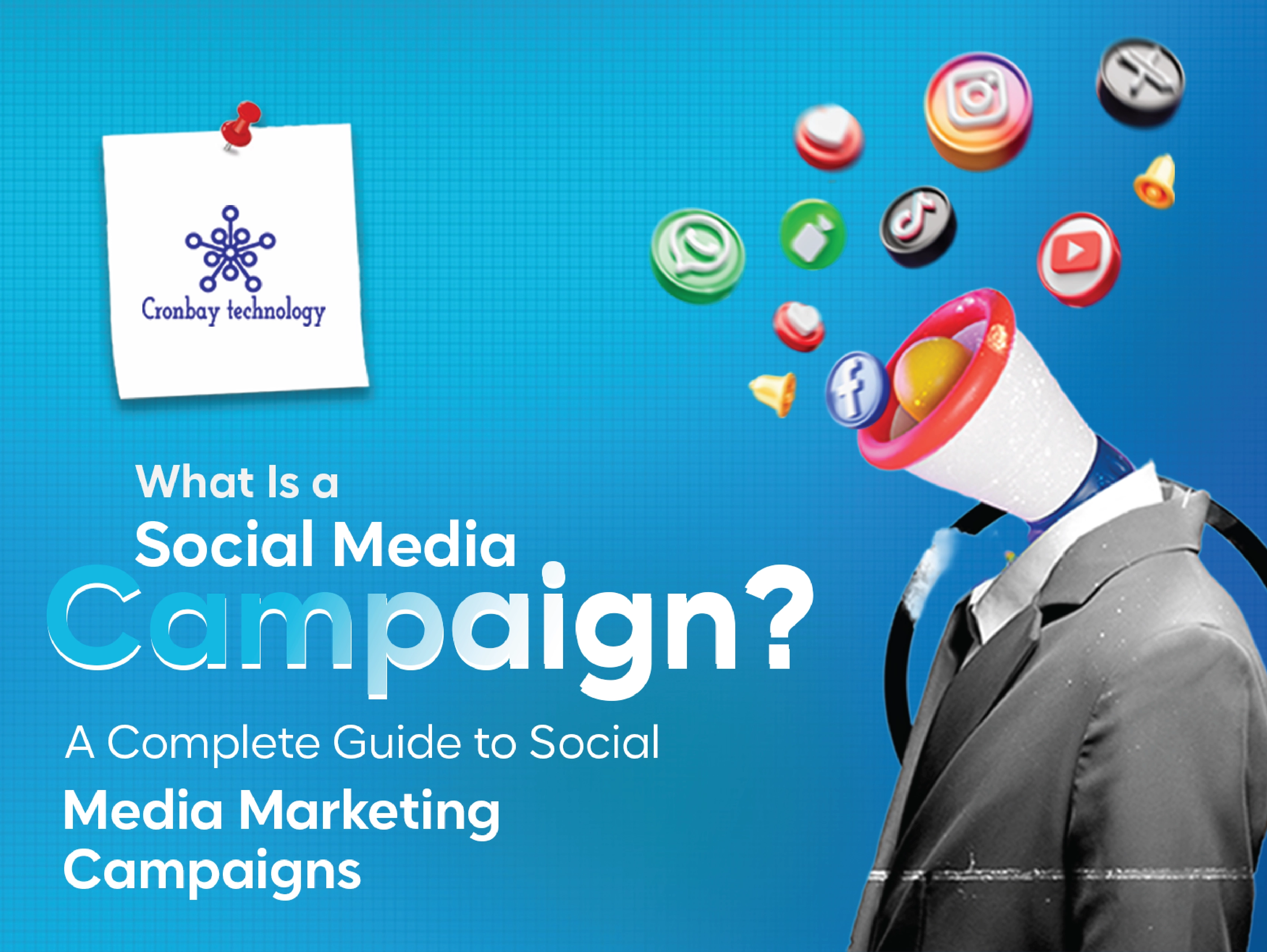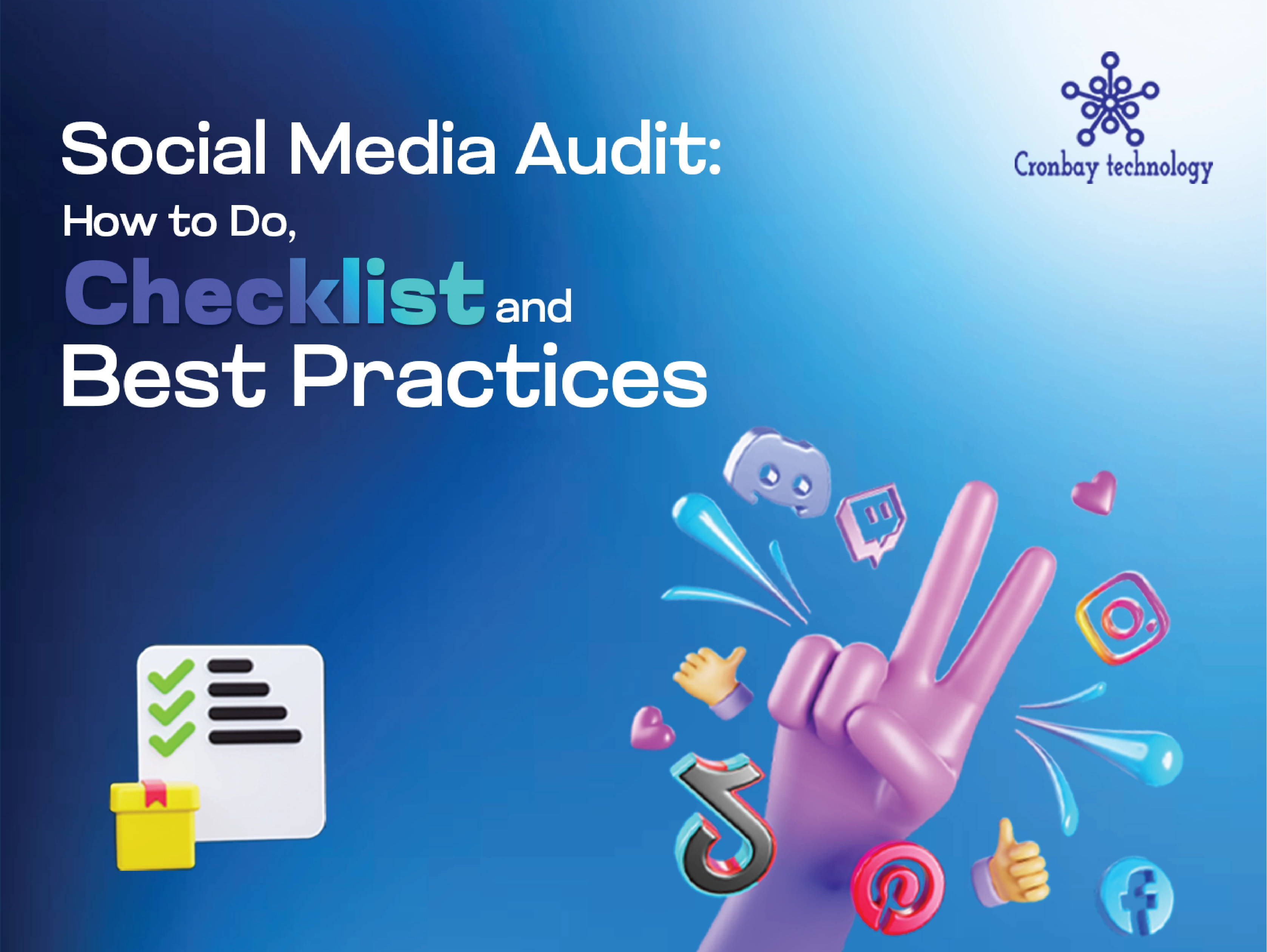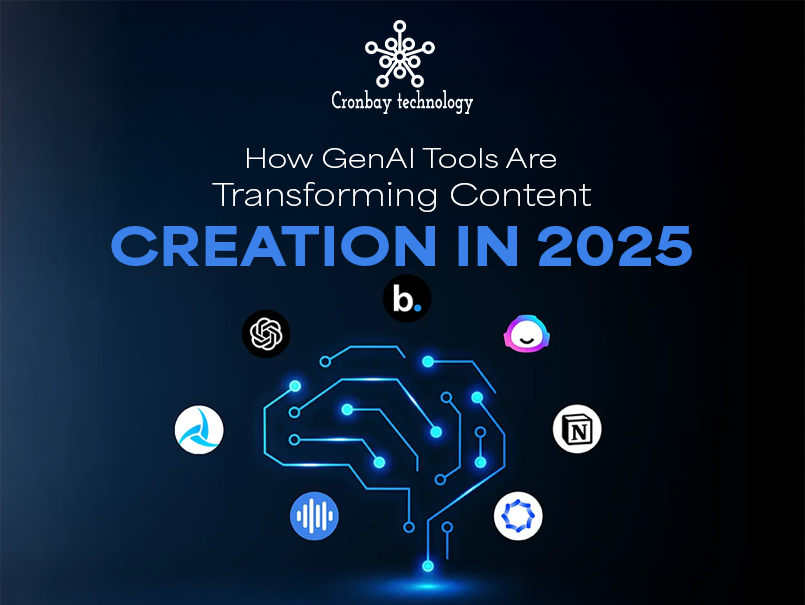Are you aware of the emerging new technologies- AR and VR? If not, let’s have a look at how it is changing digital marketing in the article below.
Digital marketing will never be the same again due to the profound impact that augmented and virtual reality are having. Extended Reality is a new sector that is taking off because of the rapid expansion of augmented and virtual technologies.
How will Augmented and virtual reality influence digital marketing?
The demands and desires of the client are more important than ever in marketing. Customers expect firms to provide experiences that use new technology as it becomes available. Statista predicts that by 2028 the augmented and virtual reality industry will reach $250 billion.
VR for marketing
- One of the advantages of virtual reality marketing is that it helps businesses bridge the gap between experiencing something and taking action. To sell goods and services, virtual reality may be used to deliver a digital experience instead of a physical one.
- Virtual reality may also be used to highlight the creation of new items. Customers will be more invested in what you're making if they have a voice in the process.
- The relationship between brands and customers is fundamentally altered by virtual reality. VR brand encounters are more popular than ad blockers or rapidly clicking away from commercials. Here, your buyers come to you rather than trying to entice them.
AR for marketing
- The use of augmented reality in marketing and sales is on the rise. Brands may provide their consumers with unique experiences by tapping into their mobile devices using this service, which is convenient for customers.
- In addition, AR allows you a new way to increase sales and brand value on mobile devices.
- With augmented shopping experiences becoming more popular, brands can utilize AR to let customers taste things before they purchase them.
How can VR and AR affect media in the future?
It is rare for the media and news sector to fall behind when using cutting-edge technology to serve their respective target audiences better. News organizations can immerse their audience in their reporting using AR and VR. Also, they will be able to experience the news narrative in the first person. A significant shift in the traditional news media is taking place, and it should be regarded very seriously.
Consumers' increasing need for living, immersive, shared experiences defines and propels the next age of distinction in entertainment and media. In the real and digital worlds, customers want to become closer, more engaged, and better connected with the narratives they love in the real and digital worlds.
How can AR and VR be used in the future?
Personalized, accessible, and well-designed experiences will be provided by the AR/VR gadgets of the future. A platform transition is inevitable when these factors take root. A new generation of AR glasses with LTE capabilities is expected to be on the market within the next three years.
The design of the consumer devices will undergo a radical transformation as a result of advances in immersive and augmented reality technologies.
How do you think augmented or virtual reality will change business?
In addition to gaming and storytelling, enterprises may use augmented and virtual reality in a variety of ways. The way we design things, conduct meetings, communicate with consumers, and much more is already being transformed by technology.
Virtual reality is already altering the face of business, and it won't be long until most firms begin using VR technology daily. Retail and industry have already used augmented reality in a variety of ways. Companies use these technologies to increase productivity, mainly where one virtual reality application may effectively replace several awkward explanations and two-dimensional images.
How AR VR is reshaping the world of advertising and marketing?
The rapid advancement of technology has profoundly impacted the marketing and advertising industries.In recent years, augmented and virtual reality (AR/VR) technologies have become more prevalent in marketing campaigns and promotions.
Brands may use AR to provide customers with new and never-before-seen experiences by just tapping into their mobile phones. AR enables customers to test out things before making a purchase. AR has you covered all possible phases to connect and engage with customers innovatively, from putting on your favourite clothing to testing your favourite beauty looks and goods.
For businesses, AR and VR have opened up many new avenues for marketing and advertising their brands. It creates a unique experience for each customer by tailoring their knowledge to their needs.
What's the difference between AR and VR?
Gaming, marketing, e-commerce, education, and many more industries might benefit greatly from virtual reality (VR) and augmented reality (AR). In both cases, improved 3-D images bring virtual and real worlds together in an immersive encounter. Even though the two are sometimes confused, there are several critical distinctions.
What Is AR?
Augmented reality is more efficient than virtual reality as a marketing and gaming tool since anybody with a smartphone can access it. Through a phone's camera or video viewer, AR transforms the everyday, actual environment into one filled with vibrant, virtual images and characters. Augmented reality is just enhancing the user's experience in the present moment.
What Is VR?
Using these identical elements in an altogether new way, virtual reality creates a computer-generated representation of a different world. These immersive simulations may produce practically any picture or environment for the participant by utilizing specific equipment such as computers, sensors, headphones, and gloves.
How does AR function?
To provide the user with relevant material, augmented reality uses computer vision, mapping, and depth tracking. This feature enables cameras to gather, transmit, and analyze data to display digital material relevant to the user's current location.
Real-time digital material is added to the user's actual surroundings in Augmented reality. A smartphone or specialized gear may be used to experience (AR) augmented reality.
How does VR function?
Simulating vision is the primary goal of virtual reality. A virtual reality (VR) headset screen must be placed in front of the user's eyes. Because of this, there is no contact with the actual world. Consequently, Two lenses are used to create virtual reality in VR. The user's eyes must be positioned and moved following their eye movement. An HDMI cable linked to a PC or mobile phone may render the screen's images.
Goggles, speakers, and even wearable devices replicate a real-world experience. Immersiveness may be achieved in virtual reality using visual, aural, and haptic (touch) stimuli.
What Is the Difference between the two?
Virtual reality (VR) and augmented reality (AR) are unique because of the equipment they need and the nature of the experience:
- While VR is entirely virtual, AR makes use of a real-world scene.
- Users using augmented reality (AR) have some influence over their appearance in the actual world, but those using virtual reality (VR) have no such control.
- While a headgear device is required for VR, a smartphone may be used for AR.
- In contrast to virtual reality, augmented reality enriches both the virtual and the real worlds.
Final Thoughts
As a result, we can conclude that VR and AR have a great deal of promise, and if it is utilized to link individuals to tales, they may increase empathy for events taking on in faraway places. They can exert influence and compel individuals to go above and beyond what they would typically do. You can simply click here if you are seeking the assistance of trained specialists, and you will be able to schedule an appointment with them straight away.
Frequently Asked Questions
Q1. Can you get information about your customers using AR and VR?
Ans. Yes! A new perspective on consumer behaviour may be gained. As a result, it enhances the customer's overall experience.
Q2. In what fields are augmented and virtual reality being used?
Ans. They are used for a wide range of services and products. There is no limit to what may be done in the industry as a consequence. Both technologies are widely used in Engineering and Construction (AEC), healthcare, the arts and education, and many more fields.





